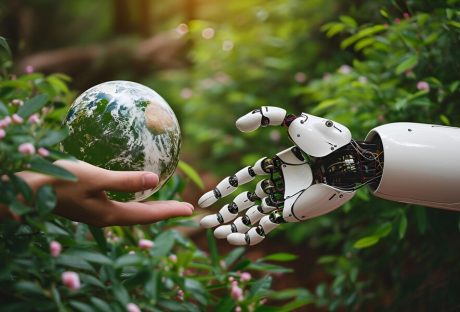As a chiropractor, you’re no stranger to the challenges of running a successful practice amidst the daily grind of scheduling appointments, maintaining patient records, and managing billing. But what if there was a way to streamline all these tasks while enhancing the overall patient experience? Enter chiropractic practice management software – a game-changing solution revolutionizing how chiropractors manage their clinics.
This article will explore the four key advantages of implementing this cutting-edge technology in your chiropractic practice. From an improved check-in experience to more effective communication, discover how chiropractic practice management software can elevate your practice to new heights. So, sit back, relax, and let us guide you through the transformative power of this innovative tool that’s already reshaping the world of chiropractic care.
1 – Improved Registration And Check-In Experience
One of the standout benefits of chiropractic practice management software is that it significantly improves staff registration and check-in experience. By leveraging chiropractic billing software, patients can input and update their information before their first appointment, ensuring greater data accuracy.
Furthermore, with the incorporation of a patient portal and self-registration kiosk in the waiting room, the overall patient experience is elevated. This streamlined approach offers numerous advantages, including:
- paperless self-service patient intake
- online registration
- bilingual support
- instant pain identification and symptom tracking feedback
- efficient Outcome Assessment progress data collection
- reduced wait times
- quicker check-in process with minimal paperwork
The time savings for office staff are also considerable, as they no longer need to manually input data from paper forms, resulting in fewer spelling and data errors. Overall, this modernized registration process leads to a more seamless and enjoyable experience for everyone involved.
2 – Patient Portal Access
Imagine a world where your patients can access their health information and communicate with your chiropractic practice from the comfort of their homes or on the go. That’s precisely what chiropractic practice management software offers through its patient portal feature. In today’s fast-paced digital age, patients expect the convenience of interacting with their healthcare providers anytime, anywhere.
With a patient portal, doctors and office staff can engage in HIPAA-compliant secure messaging, ensuring the privacy and safety of sensitive information while fostering better communication. Not only can providers exchange clinical information with each other, but they can also easily import content into patient files for seamless record-keeping. Additionally, chiropractors and staff can quickly download and provide patient summaries and clinical information.
3 – Effective Communication
Effective communication is critical to successful chiropractic practice. Patients have higher expectations regarding staying connected with their healthcare providers in the digital age. That’s where chiropractic practice management software comes in, offering top-notch communication features through patient portals that cater to these modern-day demands.
This means no more missed appointments and access to timely notifications and reminders via text message or email. For first-time patients, email reminders can include necessary attachments and forms to complete before their initial visit. Plus, with easy-to-use online links, patients can securely fill out demographics, work information, and basic insurance details on your practice’s OPR site. And let’s not forget the importance of safeguarding Private Health Information (PHI) – with this software, patients can enjoy peace of mind knowing their data is secure from identity theft.
4 – Efficient Scheduling
Lastly, scheduling efficiency is a game-changer in chiropractic practices, and that’s where chiropractic practice management software comes in handy. With this powerful tool, your staff can easily schedule appointments and make changes more efficiently and flexibly.
They can effortlessly track and manage patient appointments, fully customize the scheduling format, and personalize schedules based on provider, resource, and location. Plus, patients will appreciate receiving appointment reminders through text and email.
Experience How Chiropractic Practice Management Software Can Transform Your Business
In conclusion, adopting chiropractic practice management software is a smart move for any chiropractic practice looking to thrive in the digital age. With its ability to streamline registration, enhance patient portal access, improve communication, and boost scheduling efficiency, this powerful tool can transform your practice into a well-oiled machine.
By meeting and exceeding patient expectations while easing your staff’s workload, you’ll be on the path to greater success and satisfaction for all involved. So, don’t wait – we encourage you to take the leap and revolutionize your chiropractic practice with this game-changing software today. Thanks so much for reading.
Additional:






















